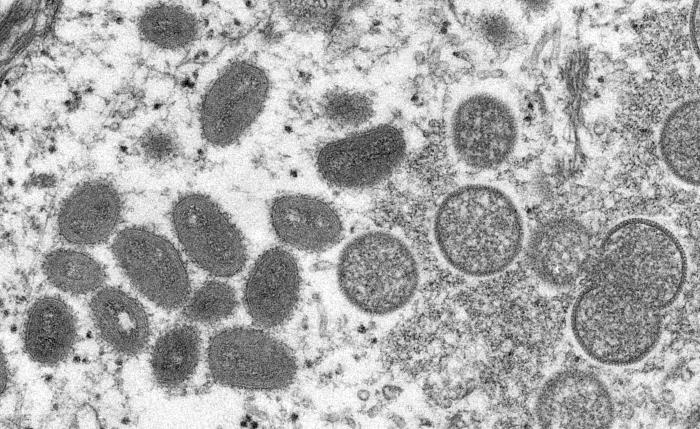Micro Images
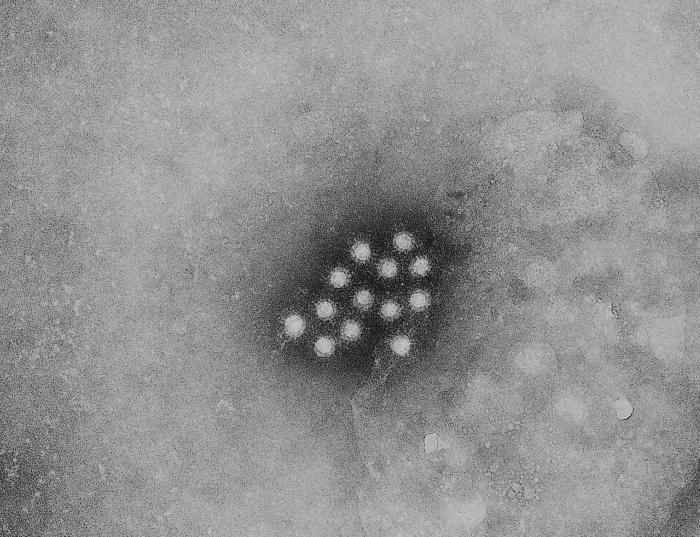
Hepatitis A
Hepatitis A is caused by hepatitis A virus (HAV). Transmission occurs by the fecal-oral route, either by direct contact with an HAV-infected person or by ingestion of HAV-contaminated food or water. Foodborne or waterborne hepatitis A outbreaks are somewhat uncommon in the United States.
The minimum infectious dose required for HAV infection in humans is unknown. In animal studies, HAV can remain infectious after 1 month on environmental surfaces. (CDC)
CDC recommends disinfection with a 1:100 dilution of household bleach in water or cleaning solutions containing quaternary ammonium, although other sources say methods such as application of hot steam vapor may be effective.
Campylobacter
Campylobacter is bacteria shaped like curved rods — the name is based on a corresponding Greek term — and a common cause of food poisoning. Campylobacter jejuni can form a biofilm that may need physical scrubbing to disrupt. Using its flagella, it can move about (be motile). Surface cleaning and sanitizing in foodservice kitchens helps prevent spreading it, as does handwashing.

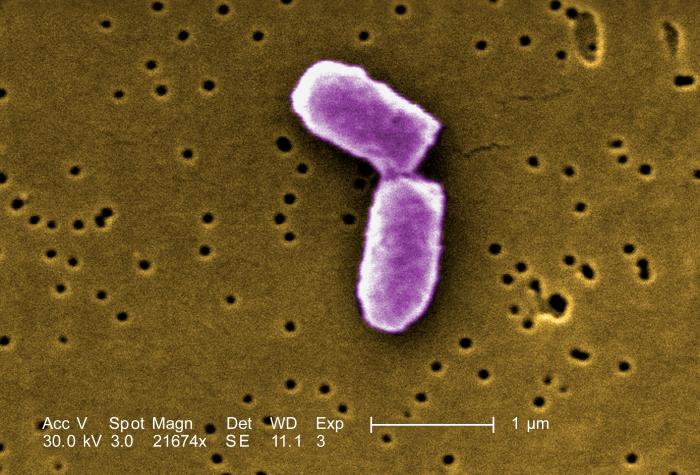
Escherichia coli
Escherichia coli (abbreviated as E. coli) are a large and diverse group of bacteria. Although most strains of E. coli are harmless, others can make you sick. Some kinds of E. coli can cause diarrhea, while others cause urinary tract infections, respiratory illness and pneumonia, and other illnesses. Still other kinds of E. coli are used as markers for water contamination—so you might hear about E. coli being found in drinking water, which are not themselves harmful, but indicate the water is contaminated.
Prevent cross contamination in food preparation areas by thoroughly washing hands, counters, cutting boards, and utensils after they touch raw meat.
Coronavirus
In addition to standard handwashing, cleaning and disinfection steps, remember that SARS CoV-2 is spread by airborne routes.
Improving Ventilation and Spending Time Outdoors
Improving ventilation (moving air into, out of, or within a room) and filtration (trapping particles on a filter to remove them from the air) can help prevent virus particles from accumulating in indoor air. Improving ventilation and filtration can help protect you from getting infected with and spreading the virus that causes COVID-19. Spending time outside when possible instead of inside can also help: Viral particles spread between people more readily indoors than outdoors.
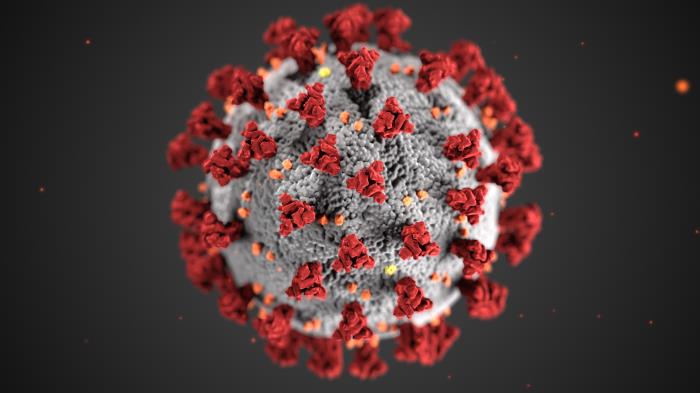
Actions that can improve ventilation and filtration include:
- Bringing in as much outdoor air as possible—for example, opening windows.
- Increasing air filtration in your heating, ventilation, and air conditioning (HVAC) system, such as by changing filters frequently and using filters that are properly fitted and provide higher filtration.
- Using portable high-efficiency particulate air (HEPA) cleaners.
- Turning on exhaust fans and using other fans to improve air flow.
- Turning your thermostat to the “ON” position instead of “AUTO” to ensure your HVAC system provides continuous airflow and filtration.
Exposures to chemicals in aerosolized disinfectants can cause skin, eye, or respiratory irritation.
If you use an electrostatic sprayer or fogger, only the person applying it, wearing appropriate PPE, should be in the room. The person applying should leave the room following application. Stay out of the area for the time indicated in the product label and specified by the application device. Open windows and doors after use, if possible, to air out the space.
Remove chemical residue, which can pose health risks, before others enter the room. Follow product label directions for wiping or rinsing residue after the appropriate contact time has been achieved.
Some people, such as children or people with asthma, are more vulnerable to certain chemicals.
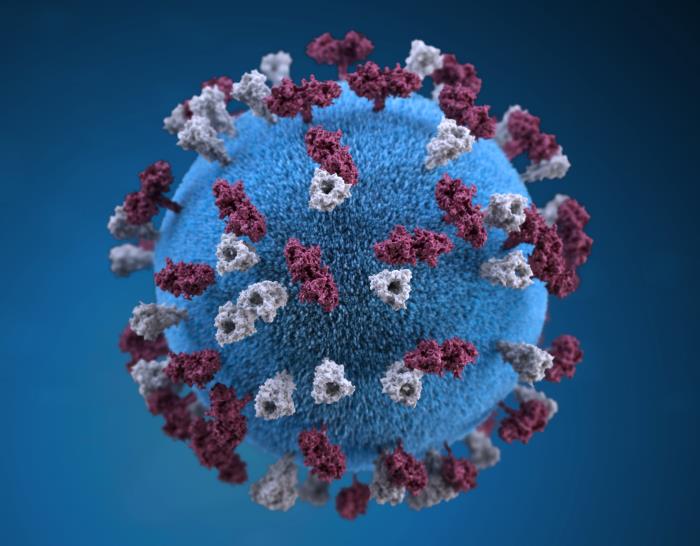
Measles
“The measles virus is spread through the air, or by direct contact, by infectious droplets. The infected droplets may also land on a surface, where they remain contagious for several hours. You can contract the virus by touching these surfaces and then putting your fingers in your mouth or nose or rubbing your eyes. The measles virus can remain in the air for up to two hours after a person with measles has occupied the area.” (Source: Association for Professionals in Infection Control and Epidemiology, Inc., or APIC)
Monkeypox (Mpox)
Mpox is caused by a virus spread through close, personal, often skin-to-skin contact.
The risk is considered low for getting mpox by touching objects, fabrics, and surfaces that have been used by someone with mpox and not disinfected, such as clothing, bedding, towels, fetish gear, or sex toys. (CDC)
